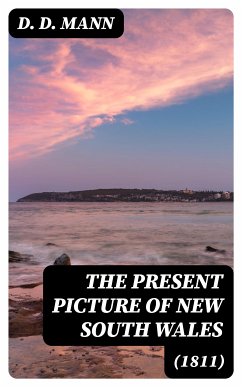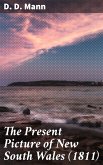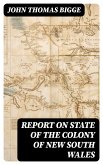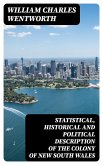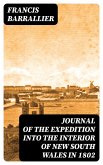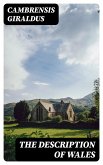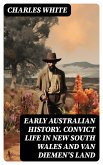D. D. Mann's "The Present Picture of New South Wales" (1811) serves as a pivotal document in early Australian literature, offering a vivid and comprehensive account of the social, economic, and geographical landscape of New South Wales during the early 19th century. Mann's prose is characterized by a blend of descriptive richness and analytical clarity, as he intertwines personal observations with broader socio-political commentary. The book captures the nascent colony's challenges and potential, providing readers with detailed vignettes of its diverse inhabitants and burgeoning industries against the backdrop of colonial expansion. It stands as a significant literary artifact that reflects the period's enlightenment ideals and burgeoning national identity. D. D. Mann, an insightful observer and participant in the early colonial life, drew from his own experiences in New South Wales to craft this work. His background reflects the complexities of colonial identity, straddling the line between European influence and the raw realities of Australian frontier life. Mann's knowledge of the local environment and its socio-political dynamics is deeply rooted in his personal undertaking, making this account both an educational tool and a personal narrative. For readers interested in colonial history, social structures, or early Australian literature, "The Present Picture of New South Wales" offers an indispensable perspective. Mann's work not only enriches contemporary understanding of Australia's formative years but also engages those keen to explore the intricate interplay of exploration, civilization, and identity in a rapidly changing world.
Dieser Download kann aus rechtlichen Gründen nur mit Rechnungsadresse in A, B, BG, CY, CZ, D, DK, EW, E, FIN, F, GR, H, IRL, I, LT, L, LR, M, NL, PL, P, R, S, SLO, SK ausgeliefert werden.

